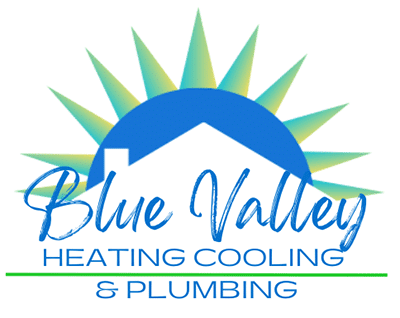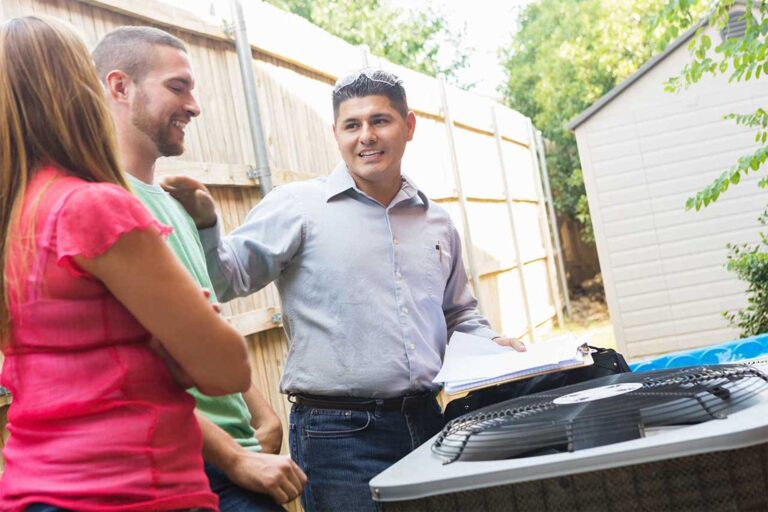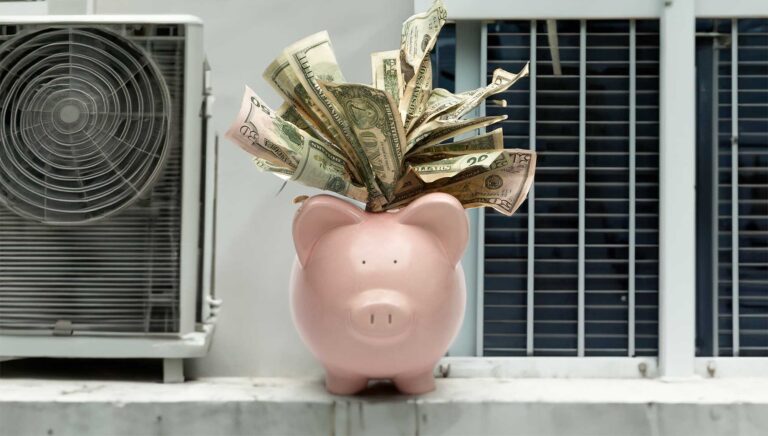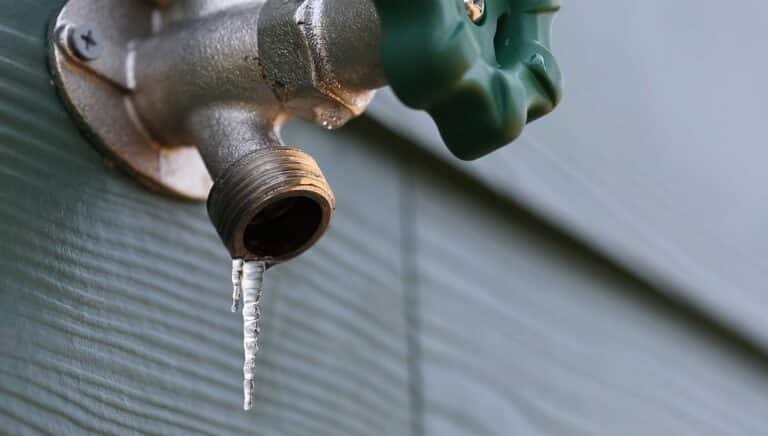Can HVAC Maintenance Really Reduce Your Carbon Footprint?
In an era where climate change is front and centre of public discussion, homeowners and building operators alike are asking: what practical steps can I take to reduce my carbon footprint (and energy bills) without sacrificing comfort? The answer: maintain your HVAC system. Proper, proactive care of your heating, ventilation and air‑conditioning (HVAC) equipment is a straightforward yet powerful way to reduce energy usage, extend equipment life, and cut greenhouse‑gas emissions. This is especially relevant given the fact that HVAC systems account for a large share of energy consumption in buildings.
In this comprehensive article, we’ll explore the links between climate change and HVAC performance, explain how regular maintenance can reduce your carbon footprint, outline specific maintenance tasks and best practices, and show how this translates into cost savings, environmental benefit and system longevity.
Why HVAC Maintenance Matter for Climate Change
Heating, cooling and ventilation are among the largest consumers of energy in residential and commercial buildings. For many homes, the HVAC system accounts for nearly half of the total energy use. Because much of that energy still comes from fossil‑fuel‑fired power plants, inefficiencies in HVAC translate directly into higher carbon dioxide (CO₂) emissions. The more energy your system uses (especially inefficiently) the larger your carbon footprint.
Moreover, climate change is driving more extreme temperatures and higher demand for cooling, which amplifies the energy draw of HVAC systems. Buildings that are poorly maintained or inefficient will struggle more under these stresses—and waste more energy.
If you live in Colorado, keeping your system efficient is even more important as temperatures shift dramatically between seasons. Local experts such as Blue Valley Heating and Cooling provide professional HVAC care that improves energy efficiency and system reliability year-round.

How HVAC Maintenance Cuts Carbon — The Mechanisms
Here are the key ways that proper HVAC maintenance leads to lower energy consumption and reduced carbon footprint:
- Improved airflow and heat transfer
Dusty filters, clogged coils, blocked vents, or dirty ductwork all reduce airflow and inhibit proper heat exchange. A system must work harder and run longer to reach comfort levels. Studies show that cleaning HVAC components (especially coils and ducts) can significantly reduce energy use. - Reduced compressor and fan load
When the system is dirty or improperly tuned, compressors and fans consume more power. Regular maintenance—such as lubricating motors, verifying belts, and checking refrigerant charge—ensures components operate optimally. - Avoiding refrigerant leaks and high‑GWP refrigerants
HVAC systems that leak refrigerant or use older high‑global‑warming‑potential (GWP) refrigerants contribute to climate change. Maintenance protocols include refrigerant checks and leak repair; switching to low‑GWP refrigerants is often part of long‑term strategy. - Extending system life and avoiding premature replacement
Every HVAC system has embodied carbon—the carbon footprint associated with manufacturing, transporting and installing the equipment. Extending equipment life through maintenance delays that embodied impact. Regular maintenance reduces early failure and overall environmental burden. - Maintaining efficiency ratings and preserving system performance
Efficiency ratings (SEER for cooling, HSPF or AFUE for heating) assume clean, optimal conditions. Maintenance helps preserve near-rated performance, meaning less energy to deliver the same comfort. - System optimization and smarter controls
Beyond traditional maintenance, modern systems and controls (smart thermostats, zoning, predictive analytics) help identify inefficiencies earlier. The foundation of those systems is a well-maintained HVAC.
What Maintenance Really Looks Like: Key Tasks
The most important maintenance tasks should be performed annually or biannually depending on your climate.
- Replace or clean air filters regularly
- Clean evaporator and condenser coils
- Inspect and seal ductwork
- Check refrigerant levels and refrigerant-line insulation
- Lubricate motors, inspect belts, fans, and blower assemblies
- Check thermostat calibration and control systems
- Inspect drainage systems and condensate lines
- Conduct an annual professional tune-up
You can schedule expert maintenance through Blue Valley’s Furnace and AC Maintenance service to ensure every part of your system runs efficiently and safely.
How Much Carbon and Energy Can You Save with HVAC Maintenance?
Proper detection and repair of HVAC faults significantly reduce energy consumption and greenhouse-gas emissions. Heating and cooling account for about 40–50% of a home’s total energy use, so even small efficiency gains matter.
For instance, if your home uses 10,000 kWh/year and you reduce energy use by 20% through maintenance, that’s roughly one ton of CO₂ avoided annually. Over your system’s lifespan, this adds up to a large environmental benefit.
The Commercial Case: Why HVAC Service Providers Should Emphasize This
If you’re operating an HVAC service business, the climate-benefit angle is a strong differentiator. Highlight that yearly maintenance avoids costly replacement and saves energy, which reduces emissions.
Homeowners can learn more about efficient systems from the U.S. Department of Energy’s Air Conditioning Guide, which explains the relationship between performance, maintenance, and environmental impact.
As awareness grows, positioning your HVAC maintenance business as part of the climate solution builds credibility and demand.
Integration with Other Sustainable Practices
Maintenance pairs well with upgrades to high-efficiency equipment, smart controls, insulation improvements, and low-GWP refrigerants. You can explore installation or replacement options with Blue Valley’s Heating and Cooling Installation service to ensure your system meets modern standards.
Addressing Common Objections
“But maintenance costs money – is it worth it?”
Yes. The investment is modest compared to inefficient energy bills and premature system failure.
“My system is already efficient – why bother?”
Even modern systems degrade over time if neglected. Maintenance ensures you get the rated efficiency.
“I’ll just wait until it breaks down.”
Waiting means operating at sub-optimal performance and risking sudden failure. Proactive maintenance is more affordable.
Steps to Get Started: An HVAC Maintenance Checklist
- Schedule an annual professional tune-up.
- Replace filters and clean coils.
- Track filter changes and energy use.
- Seal ducts and improve insulation.
- Optimize thermostat settings.
- Plan for high-efficiency replacement.
- Educate occupants on basic upkeep.
- Monitor energy consumption.
- Market maintenance as a climate solution.
Long-Term Benefits: Sustainability, Reputation & Comfort
Beyond immediate savings, maintenance brings broader benefits: sustainability credentials, better indoor air quality, resilience in extreme weather, eligibility for rebates, and reduced total ownership costs. For reliable tune-ups and efficient system care, explore Blue Valley’s HVAC Repair service.
Yes — HVAC maintenance really can reduce your carbon footprint. By keeping your system efficient, you save energy, extend its lifespan, and lower emissions. Climate change is a global challenge, but every efficient home makes a difference.





